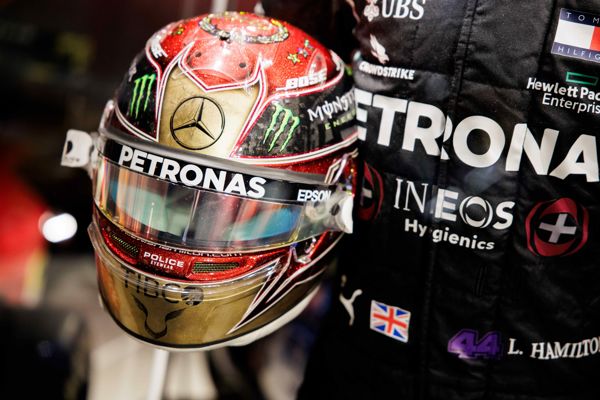What was Silverstone before it was a race track?
What was Silverstone before it was a race track?
Silverstone is one of the most famous race tracks in the world and has been the home of British Motor Racing for over 70 years. However, it did have a life before the Royal Automobile Club (RAC) and British Racing Drivers’ Club (BRDC) turned it in to a race track in 1948.
Perhaps the earliest fascinating fact we know about the Silverstone site was that it was home to an order of Benedictine monks in 1116. Luffield Priory was located in the centre of today’s race track and continued until Henry VIII disbanded all monasteries, priories and convents across England, Ireland and Wales in the 16th century.
Up to the reign of King Edward I, Silverstone was also the site of a royal hunting lodge – the 14th century equivalent of Balmoral or Sandringham and the King would visit every year especially as it was so conveniently located just off the famous Watling Street which runs through the local roman town of Towcester.
More recently, in the 400 years before Silverstone became a race track, the area housed a fairly small community that relied on the local industries of farming and timber and, by 1938, there were 13 wood yards in the village of Silverstone.
This quiet farming community was disrupted at the start of the Second World War when the RAF chose the location as an ideal venue for a heavy bomber aerodrome and set about building five large hangars, a main north south runway of 6,000 ft long, intersecting runways of 3,900 and 4,200 ft and a 3-mile perimeter track at a cost of over £1 million.
The airfield was never used as a base for bombing Europe but opened in April 1943 as a training establishment for the No 17 Operational Training Unit of the RAF where they used Wellington twin engine bombers to train new aircrews. Once the war ended the No 17 OTU closed down and Silverstone was declared a ‘surplus inactive station’ in October 1947.
By 1947, despite petrol rationing, motor sport was retuning and the hunt was on for new sites that would be suitable for race tracks. The RAC were looking specifically for a venue to re-establish the International Grand Prix events it had run in the 1920’s and it became obvious to them that the redundant RAF aerodromes with their miles or tarmacked runways would be most suitable. In June 1948 the RAC announced that it had entered into negotiations to secure the lease of Silverstone and that it was proposing to run a Grand Prix that October. The rest, as they say, is history!
Visit the Silverstone Interactive Museum to find out more about the fascinating stories behind some of this history and the men and women who transformed Silverstone in to one of the world’s most famous race tracks.


